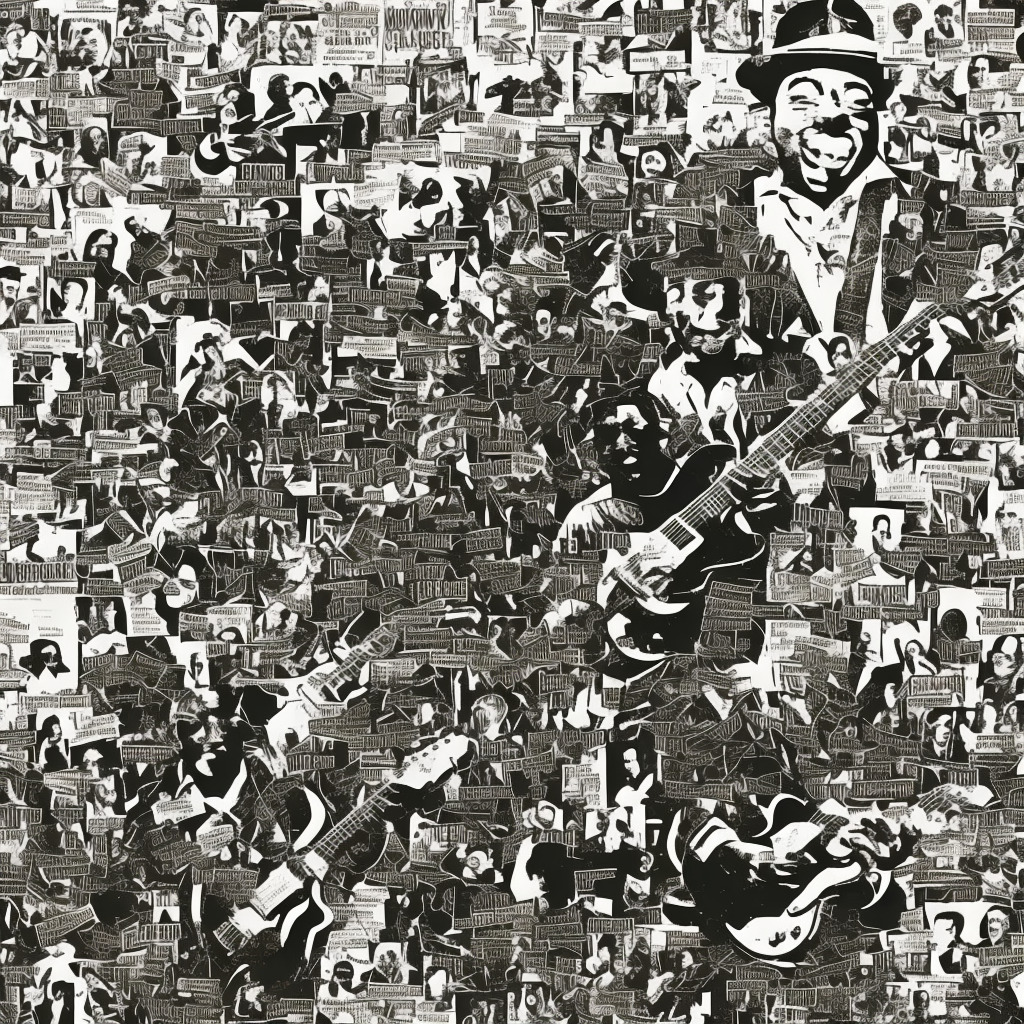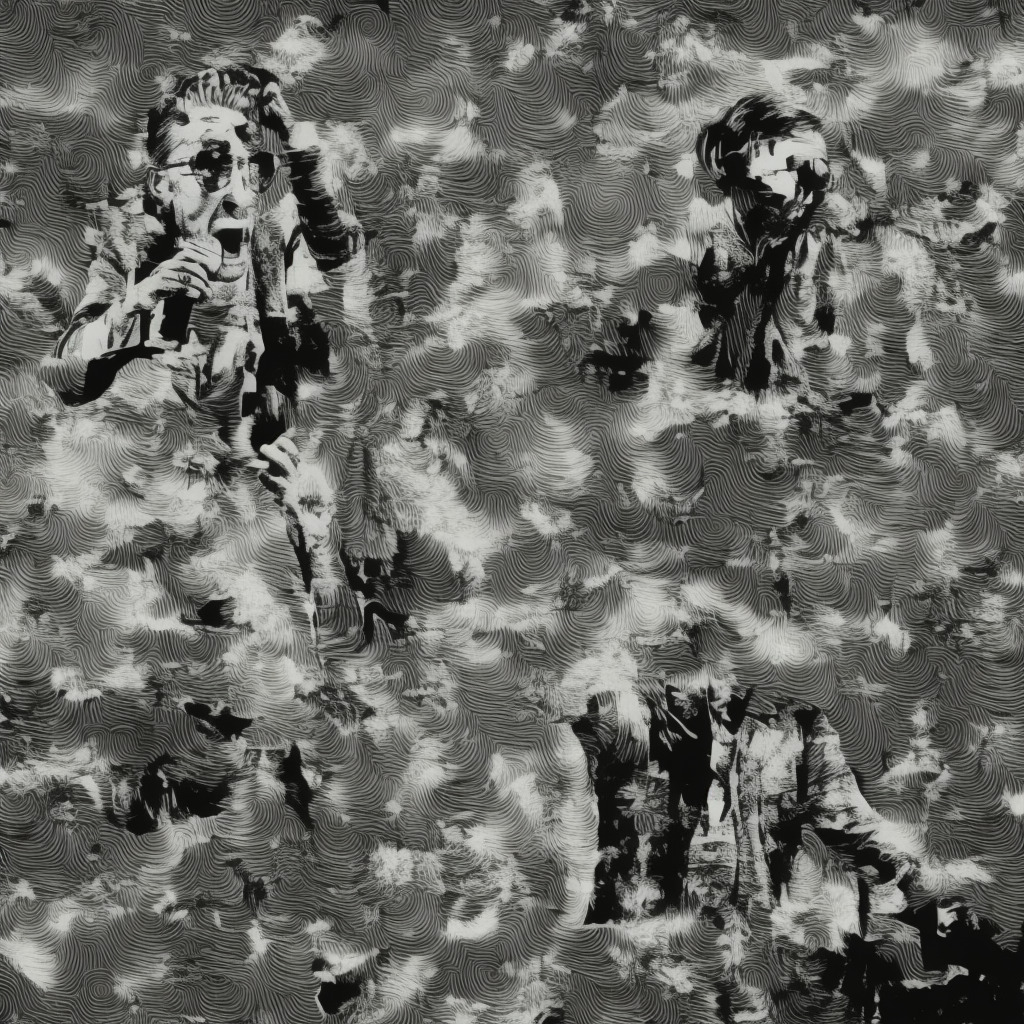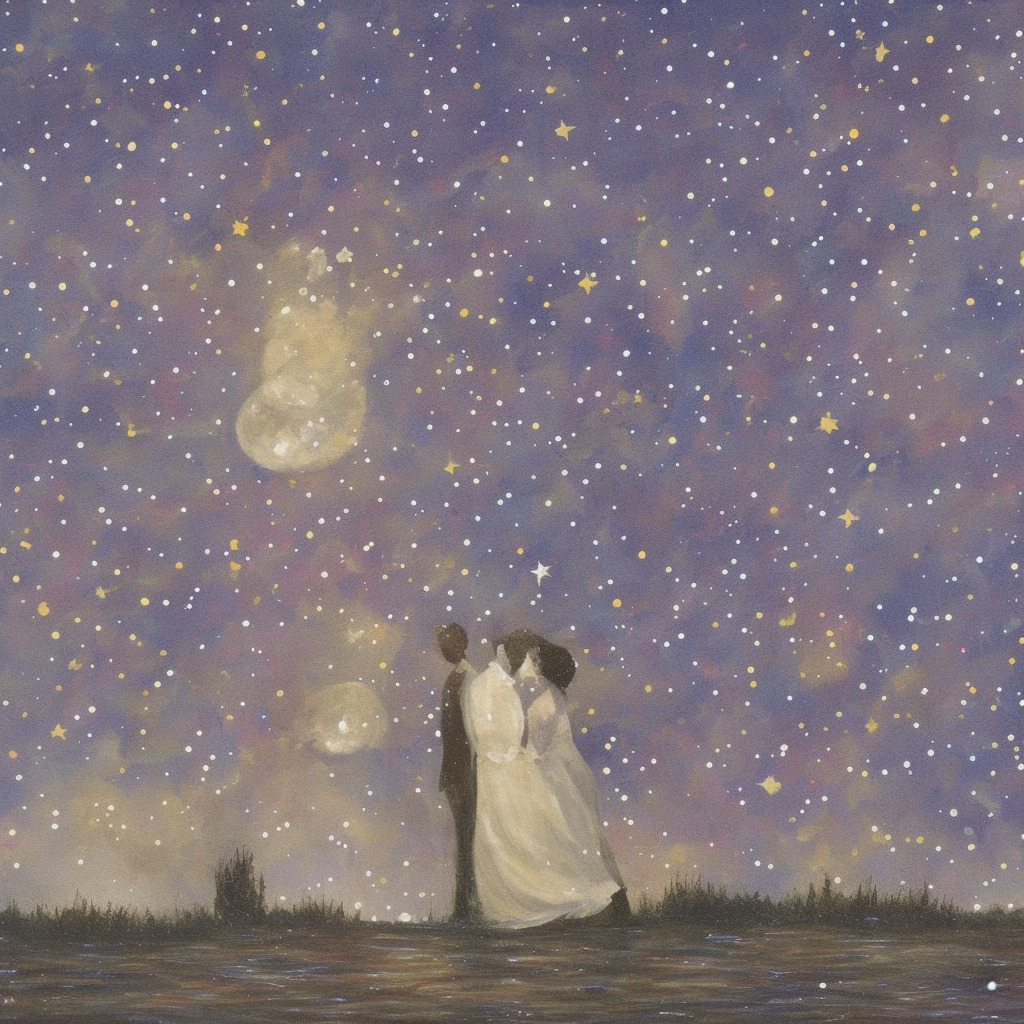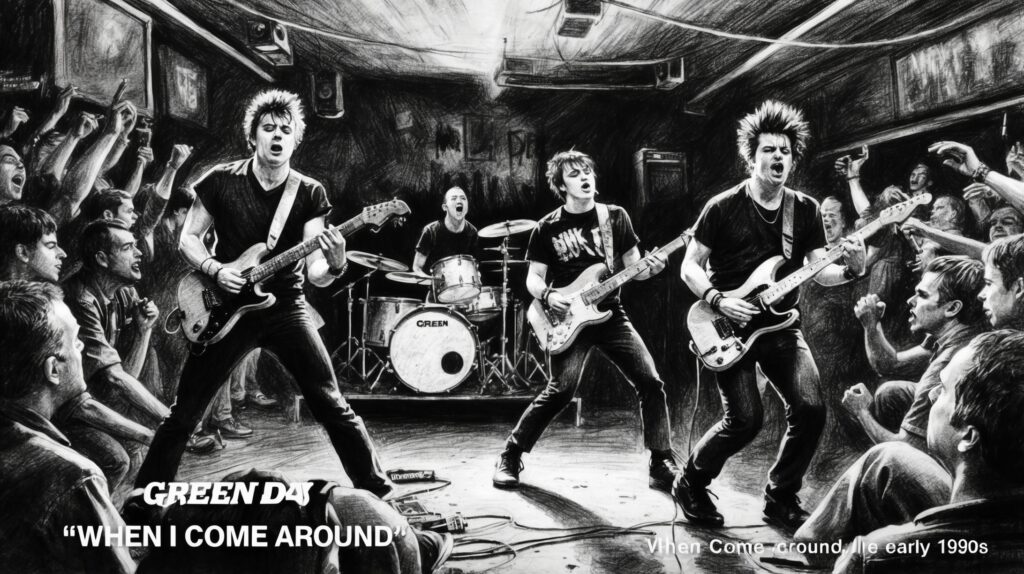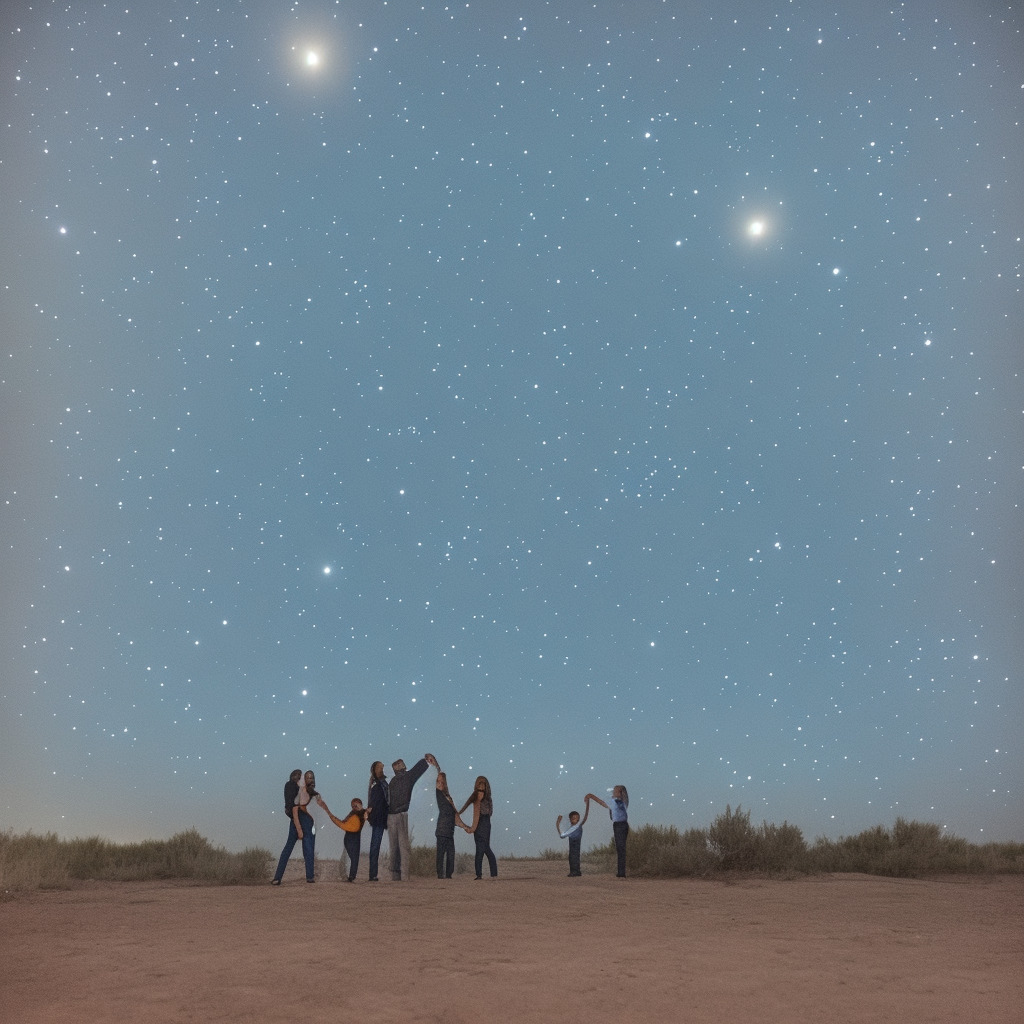🎸Did you know #MuddyWaters recorded “Mannish Boy” in just one take?🤯 That’s pure blues genius! 💥 Jam to this timeless classic and let the #BluesPower flow! 💙🎶 #MannishBoy #FunFact #BluesRoyalty Read about it: tinyurl.com/f278k9xx
Exploring the Genius of a Blues Pioneer: Muddy Waters
Dive into the soul-stirring legacy of Muddy Waters, the “Father of Modern Chicago Blues,” whose timeless tunes like “Mannish Boy” continue to captivate and inspire generations of blues enthusiasts.
It’s difficult to discuss the history of blues without mentioning the ever-influential Muddy Waters, as his legendary career has helped shape and revitalize this beloved music genre. Born McKinley Morganfield in 1913 in Mississippi, Muddy Waters has been hailed as the “Father of Modern Chicago Blues,” a title that still holds true to this day.
One of Muddy Water’s most iconic and enduring songs is “Mannish Boy.” Originally released in 1955, “Mannish Boy” serves as a powerful testament to Muddy Waters’ unique vocal style and guitar skills, while also providing a glimpse into the raw emotion that makes the blues so captivating. This unmistakable tune stands out with its recognizable riff and call-and-response pattern, which became a staple in blues music and influenced countless musicians in future generations.
Throughout Muddy Waters’ immense career, he collaborated with a roster of talented musicians. His early band members included the likes of Little Walter on harmonica and Otis Spann on piano. As time went on, Muddy Waters’ lineup evolved, featuring renowned artists like Buddy Guy and James Cotton. These collaborations not only boosted the careers of these musicians but also contributed to the overall sound and legacy of Muddy Waters.
Muddy Waters’ influence reached far and wide, with rock legends like The Rolling Stones and Eric Clapton citing him as a significant inspiration. He received numerous awards and accolades over the years, including six Grammy Awards from a total of 12 nominations. In 1980, Muddy Waters was inducted into the Blues Foundation Hall of Fame, and in 1987, he was posthumously inducted into the Rock and Roll Hall of Fame.
While Muddy Waters is undoubtedly a legend, it’s important to acknowledge the occasional criticism surrounding his work. Some detractors argue that his style and sound were repetitive, which is a valid perspective. However, one cannot deny the impact and influence he had on the blues genre and music as a whole, as his contributions were instrumental in laying the groundwork for countless artists who followed in his footsteps.
In conclusion, Muddy Waters and his iconic song “Mannish Boy” remain influential and essential listening for anyone seeking to understand the roots of blues music. Despite some criticisms, Muddy Waters’ legacy continues to inspire and captivate musicians and fans alike, proving that his music will forever endure as a testament to the power of the blues.
A Dive into the Charts
Defying chart expectations, Muddy Waters’ “Mannish Boy” remains a timeless blues staple, shaping rock music history and resonating with generations of fans.
“Mannish Boy” by Muddy Waters was released as a single in April 1955, and it quickly garnered attention in the world of blues music. The song, which was initially not considered a commercial success, has since become a staple in blues and rock history. Despite not achieving chart-topping status, the song’s enduring popularity and influence cannot be denied.
Upon its release, “Mannish Boy” managed to climb up to the number 5 spot on the Billboard R&B chart. This was quite an impressive feat at the time, as the charts were dominated by other popular artists such as Fats Domino and Little Richard. Muddy Waters’ raw and powerful sound managed to break through and make its mark in the competitive music scene of the 1950s.
Although achieving success on the R&B chart, “Mannish Boy” did not manage to cross over to the pop charts. This was a common occurrence for many blues acts during this time, as the genre was not yet widely embraced by the mainstream audience. Nevertheless, the song’s presence on the R&B chart solidified its status as a blues hit and helped to pave the way for the future popularity of the blues genre in mainstream music.
One interesting chart trivia to note is that “Mannish Boy” experienced a resurgence in popularity in 1988, when it was featured on the soundtrack of the film “Good Morning, Vietnam.” This inclusion introduced the classic blues track to a new generation of music lovers, and the song managed to reach the number 8 spot on the UK Singles Chart – over three decades after its initial release! This resurgence is a testament to the timeless and powerful nature of Muddy Waters’ music and the impact of “Mannish Boy” on the world of music.
In summary, while “Mannish Boy” may not have been a chart-topping smash hit upon its release, its influence and popularity have endured over the years. The song’s chart performance is just a small part of its storied history, and its lasting impact on blues and rock music is immeasurable.
Exploring the Lyrics of a Blues Classic
Oh, yeah
Oh, yeah
Everything, everything, everything gonna be alright this mornin’
Now, when I was a young boy, at the age of five
My mother said I was gonna be, the greatest man alive
But now I’m a man, I’m age twenty-one
I want you to believe me, baby, I had lots of fun
I’m a man, spelled M, A child, N
That represents man
No B, O child, Y
That means mannish boy
I’m a man
I’m a full-grown man
I’m a man
I’m a rollin’ stone
I’m a man
Full-grown man
Oh, well
Oh, well
Within these lyrics, Muddy Waters showcases the growth he has experienced in his life, from a young boy with potential to a fully-grown man. The song, released in 1955, was a reflection of the times, an era in which the Civil Rights Movement began to gain steam, and African American men, in particular, were fighting for their voices to be heard and recognized in society.
This notion of growing up and achieving greatness goes hand in hand with the spirit of the time. The African American community was striving to change their circumstances and achieve equality in a world that had long denied them that chance. Muddy Waters expresses this determination both in his personal life and within the larger context of the era in which he was writing.
“Mannish Boy” is not only a statement of maturity and self-assurance but also a declaration of strength amidst societal resistance. The repeated line “I’m a man” signifies the demand for recognition and respect, something that resonates deeply with the events of the 1950s Civil Rights Movement.
In addition to its cultural relevance, “Mannish Boy” has become a staple in blues music, with its powerful lyrics and infectious melody. The song has been covered by numerous artists over the years, proving that its message of perseverance and self-esteem remains relevant to this day.
The Visuals Behind “Mannish Boy”
Diving into the timeless legacy of “Mannish Boy”: fan-made visuals and tributes celebrate Muddy Waters’ enduring impact on blues and rock ‘n’ roll.
While there isn’t an official music video for Muddy Waters’ “Mannish Boy”, the song has continued to inspire generations of musicians and fans, leading to a plethora of fan-made videos, live performances, and tributes that celebrate Muddy Waters’ impact on the world of blues and rock ‘n’ roll.
One of the most popular fan-generated videos on YouTube is a compilation of Muddy Waters’ live performances, with “Mannish Boy” playing in the background. This video showcases the raw energy that Muddy Waters brought to the stage, and serves as a testament to his incredible influence on the blues scene. The visuals in the video are predominantly black and white, capturing the essence of Muddy Waters’ era and staying true to the vintage aesthetic of the time.
Another fan-made video that has gained attention features a montage of various artists and bands covering “Mannish Boy”. The video highlights the diversity and adaptability of the song, as well as the immense respect that contemporary artists hold for Muddy Waters. This video has allowed fans to see the vast impact of “Mannish Boy” on the music landscape and its continuing influence on musicians of all genres.
Some noteworthy tribute performances of “Mannish Boy” can be found online, such as the one by The Rolling Stones, who were heavily influenced by Muddy Waters throughout their career. In 2012, during a concert in Newark, New Jersey, they performed the song as a homage to the blues legend. The video of this performance has garnered millions of views on YouTube and stands as a testament to the timelessness of “Mannish Boy”.
In terms of artistic approach, fan-made videos and tributes have played a significant role in keeping the legacy of “Mannish Boy” alive. By using vintage aesthetics, concert footage, and cover performances, these videos honor Muddy Waters’ legendary status and introduce his music to new audiences. As a result, the song has continued to transcend time and musical boundaries, proving that “Mannish Boy” remains an essential piece of blues and rock ‘n’ roll history.
The Genius Behind “Mannish Boy”
McKinley Morganfield, professionally known as Muddy Waters, was a prolific composer and blues musician, with a career spanning over three decades. The composer of “Mannish Boy” was known for his innovative techniques, which helped shape the future of blues and rock ‘n’ roll music. One of his most notable compositions, apart from “Mannish Boy,” is the iconic tune “Hoochie Coochie Man,” which has been widely covered and praised in the world of blues. Muddy Waters’ unique approach to music allowed him to create hits that continue to influence musicians to this day.
A Song That Keeps on Giving
Muddy Waters’ timeless blues classic “Mannish Boy” transcends generations, conquering charts, screens, and stages with its undeniable impact and raw energy.
Over the years, “Mannish Boy” has garnered significant attention and recognition from various platforms. In 1986, Muddy Waters’ rendition of the classic tune was inducted into the Blues Foundation Hall of Fame under the category of ‘Classic of Blues Recordings – Singles or Album Tracks’. Its impact on the music industry and the blues genre in particular is indisputable, with Rolling Stone ranking the song at number 230 on their list of ‘The 500 Greatest Songs of All Time’ in 2004.
“Mannish Boy” has also found its way into the world of film, television, and video games, attesting to the song’s timeless appeal. Some of the more notable appearances include Martin Scorsese’s 1990 film ‘Goodfellas’, the popular TV series ‘The Sopranos’, the 2007 film ‘American Gangster’, and the 2018 movie ‘Mile 22’. Gamers might recognize the song from the 2013 video game ‘Mafia III’, where it serves as part of the game’s immersive 1960s soundtrack.
Given the iconic status of “Mannish Boy”, it comes as no surprise that numerous artists have chosen to cover the song over time. Notable versions include Jimi Hendrix’s live rendition in 1968, which was later released on his posthumous live album ‘Hendrix in the West’. The Band (with Paul Butterfield on harmonica) covered the track during their legendary 1976 farewell concert, which was later released as the ‘The Last Waltz’ album and film in 1978. Additionally, blues-rock group The Allman Brothers Band included the song in their live performances and eventually released their version on the 1998 live album ‘My Brother’s Keeper’. Even British rock band The Rolling Stones paid homage to Muddy Waters by performing “Mannish Boy” during their 1981 tour, further solidifying the song’s influence across genres and generations.
As “Mannish Boy” continues to be featured in various mediums and covered by an array of artists, the impact of Muddy Waters’ classic tune remains undeniable. With its raw energy and captivating groove, the song continues to resonate with fans and musicians alike, serving as an enduring testament to the power of the blues.
Breaking Down the Bluesy Backbone
As we delve into the heart of “Mannish Boy,” it’s essential to understand the classic blues structure that serves as the foundation for this iconic track. Muddy Waters employs a standard 12-bar blues progression, a tried-and-true backbone that has given life to countless blues and rock ‘n’ roll songs throughout history. The song is composed in the key of A, and the chords used are A7 (I7), D7 (IV7), and E7 (V7). This use of dominant seventh chords throughout the progression is another staple of the blues genre, adding a raw and gritty texture to the overall sound.
One of the most distinctive elements of “Mannish Boy” is its powerful, driving rhythm. The song features a moderate tempo, with a straightforward 4/4 time signature. This creates a strong sense of momentum, propelling the song forward and inviting listeners to feel the irresistible groove. The percussion, in particular, plays a vital role in establishing this rhythmic foundation, with the drummer employing a shuffle rhythm, a common pattern in blues music that lends a swinging, syncopated feel.
Another key aspect of the song’s musical structure is the signature riff, which is played by the electric guitar and harmonica in unison. The riff is based on the blues pentatonic scale, which consists of five notes and is a hallmark of blues and rock music. In “Mannish Boy,” the riff is centered around the root note, A, and heavily emphasizes the flattened fifth, also known as the “blue note.” This note is crucial in creating the distinctive bluesy sound that permeates the entire track.
The call-and-response structure of the song is another classic blues trope that Muddy Waters masterfully employs. Throughout “Mannish Boy,” Muddy Waters’ powerful vocals alternate with the guitar and harmonica riff. This conversational approach to songwriting further emphasizes the raw, emotional nature of the blues and contributes to the song’s undeniable energy.
Additionally, it’s worth noting the use of dynamics in “Mannish Boy.” The song features a relatively sparse arrangement, with the majority of the instrumental focus on the guitar, harmonica, and rhythm section. This allows Muddy Waters’ vocals to take center stage and shine, while also giving space for the guitar and harmonica to cut through during their respective solos. The strategic use of dynamics is crucial in creating the raw, unfiltered intensity that has come to define this classic blues anthem.
In conclusion, the musical structure of “Mannish Boy” serves as a prime example of traditional blues songwriting, with its 12-bar progression, dominant seventh chords, and signature riff all working together to create an unforgettable sonic experience. The song’s moderate tempo, driving rhythm, and call-and-response structure further contribute to its enduring appeal, making it a true testament to the power and timelessness of the blues genre.

